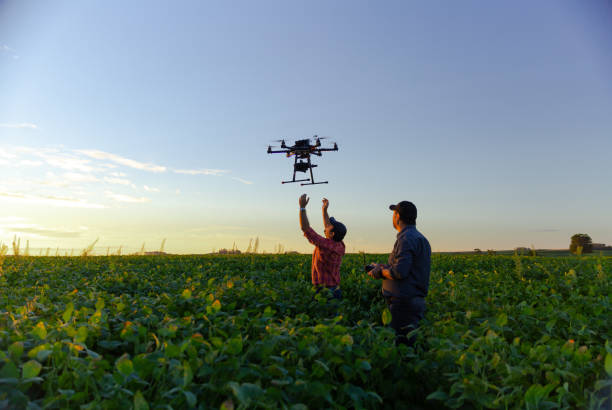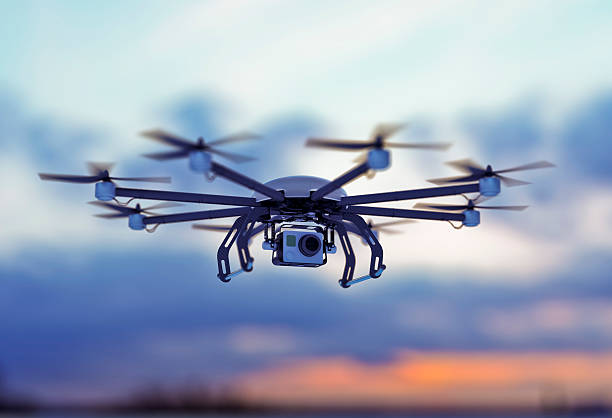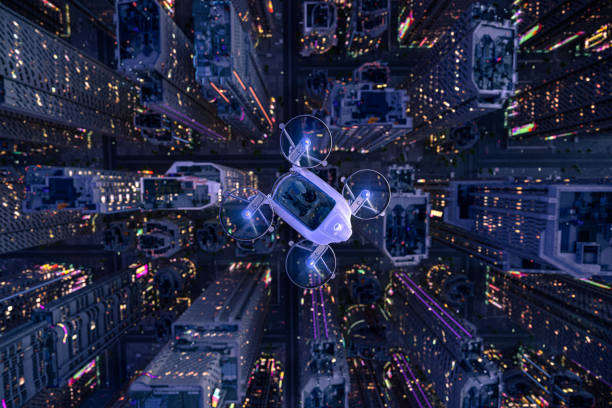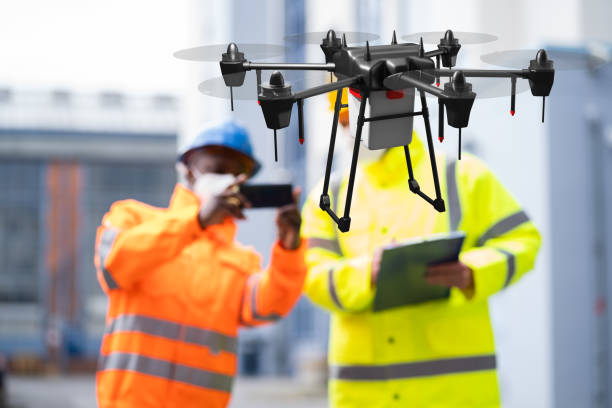Taking Flight: The Rise of Drone Technology
Drones, also known as unmanned aerial vehicles (UAVs), have soared from military applications to a wide range of civilian uses, transforming industries and capturing our imaginations. These versatile flying machines are no longer science fiction; they're a reality with the potential to revolutionize how we live, work, and play. 
From Humble Beginnings to High-Tech Marvels
The concept of unmanned aerial vehicles has a surprisingly long history. Early prototypes date back to the 19th century, but it wasn't until the late 20th century that advancements in electronics and miniaturization paved the way for modern drones. Military applications initially dominated drone development, with UAVs used for reconnaissance and surveillance.
The Civilian Drone Boom
The 21st century witnessed an explosion in civilian drone use. Affordable, easy-to-operate drones became accessible to hobbyists and professionals alike. Here's a glimpse into the diverse applications of drone technology:
- Aerial Photography and Videography: Drones capture stunning aerial footage, transforming the way we document weddings, film movies, and showcase real estate.

- Search and Rescue: Drones equipped with thermal imaging cameras can locate missing persons in disaster zones or difficult terrain, saving valuable time and lives.
- Precision Agriculture: Farmers use drones to monitor crops, identify pests and diseases, and optimize irrigation, leading to increased yields and resource sustainability.
- Delivery Services: Companies are exploring drone delivery for everything from packages to medicine, potentially revolutionizing logistics and last-mile delivery.
- Infrastructure Inspection: Drones can inspect bridges, pipelines, and wind turbines for damage, reducing risks and improving maintenance efficiency.
The Future of Flight: Challenges and Opportunities
As drone technology continues to evolve, we can expect even more innovative applications to emerge. However, there are challenges to navigate:
- Privacy Concerns: The ability of drones to capture images and videos raises privacy issues. Regulations are being developed to balance the benefits of drone technology with individual privacy rights.

- Safety Regulations: Ensuring safe airspace integration for drones, particularly near manned aircraft, is crucial. Clear regulations and responsible use are essential.
- Security Risks: Mitigating the potential for malicious use of drones for criminal activities requires robust security measures.
The Sky's the Limit
Despite the challenges, the potential of drone technology is undeniable. With continued advancements in battery life, autonomy, and artificial intelligence, drones are poised to play an even greater role in shaping our future. From revolutionizing industries to aiding humanitarian efforts, drones are taking flight, and the possibilities are limitless.
Beyond the Basics:
This article provides a starting point for exploring drone technology. Here are some additional areas to consider:
- The impact of drones on specific industries: Delve deeper into how drones are transforming specific sectors, such as construction, journalism, or environmental conservation.
- The ethical considerations of drone use: Explore the ethical implications of drone warfare, privacy concerns, and potential misuse of the technology.

- The future of drone design: Discuss advancements in drone design, such as biomimicry-inspired drones or autonomous drone swarms.
By understanding the potential and challenges of drone technology, we can ensure its responsible development and reap the benefits of this transformative innovation. So, the next time you see a drone buzzing overhead, remember – it's not just a flying machine; it's a glimpse into the future.





































